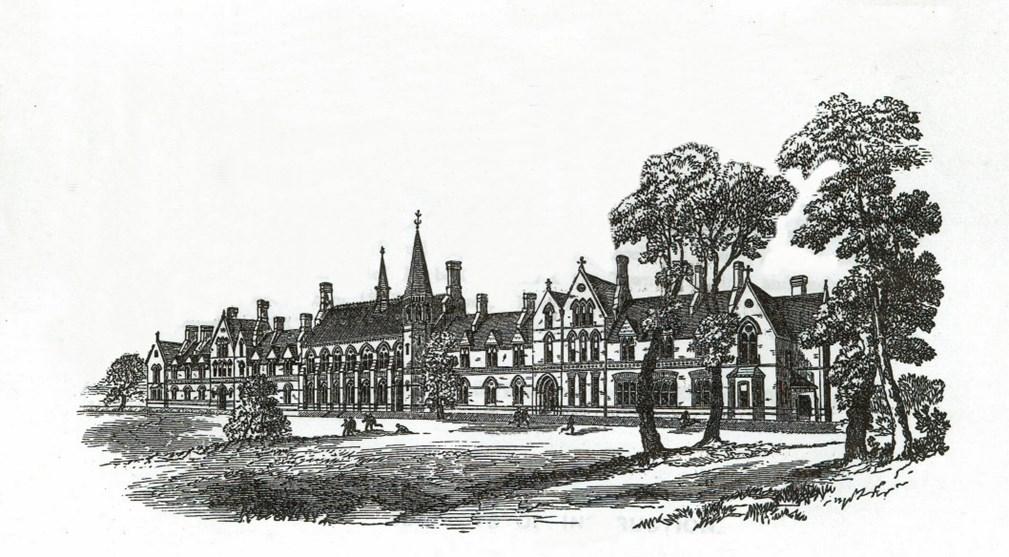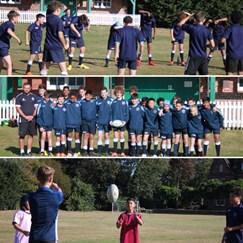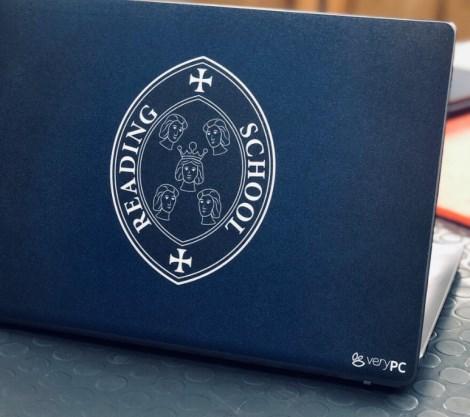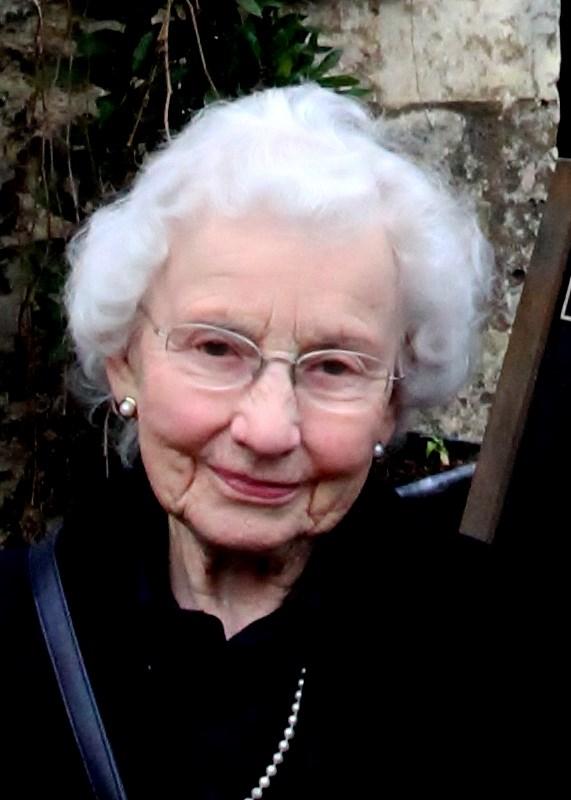
4 minute read
The Foundation Stone
THE FOUNDATION STONE IN THE CLOISTERS
Reading witnessed a great Victorian pageant on 1st July 1870, when Edward, Prince of Wales (the future King Edward VII) arrived in the town to lay the Foundation Stone for Alfred Waterhouse’s magnificent new buildings for Reading School, in Erleigh Road.
Advertisement
After 750 years in the centre of town, the School was to find renewed vigour on the splendid new 10 acre plot that had been acquired from the Redlands Estate for the purpose, and the citizens of Reading were proud; not least the Mayor, the six Aldermen, and three Councillors who, together with the Vicars of the three parishes constituted the Trustees –the School’s Governors of the time.
A general holiday was declared, and the town turned out in force; in London Road alone arrangements were made for three thousand school children and their teachers to line the route.
At 12.30 the Prince and his Princess, Alexandra of Denmark, were received at Reading Railway Station and they progressed through the town to the School grounds, where seats had been erected around the stone beneath a large tent capable of accommodating two thousand persons, who bought tickets at either 21 shillings or 10/6d, no trivial sums in those days. were debarred from entry after noon). They entered via Craven Road, with empty carriages returning via Addington Road.
At the Railway Station members of the Royal Berkshire Militia formed a guard of honour whilst the 1st Berkshire Volunteers waited to provide the same on the School Terrace. The Berkshire Yeomanry Cavalry were the escort from the Station to the School, where there was also waiting a choir made up of members of the Reading Philharmonic Society; and where from 11 o’clock the Band of the Grenadier Guards performed a selection of music in the tent.
The arrival of the Royal Party at the Station was signalled by hoisting the Royal Standard on the tower of St Lawrence’s Church and firing the gun then situated on Forbury Hill. The guard of honour saluted, the band played the National Anthem and the Mayor presented their Royal Highnesses with an address of welcome and conducted them, preceded by the Mace bearer to the Royal Carriage.
The procession set off through Friar Street, Market Place, High Street, Duke Street, London Street and London Road, headed by a detachment of Yeomanry Cavalry. Then came a band, members of the Philanthropic Society; the Foresters, the Oddfellows and another band. Then came the carriages, all sixteen of them; three containing
members of the Town Council, three with School Trustees and visitors; the Mace Bearer preceded the seventh carriage in which rode the Mayor, his Chaplain, the Recorder and the Town Clerk; then Sergeants of Mace following ahead of the Royal Carriage with escort either side; in the ninth and tenth carriage were the members of the Royal Suite. The Yeomanry Cavalry rode ahead of the eleventh carriage which contained the High Sheriff, Lord Lieutenant, Lord Bishop and Archdeacon. In the twelve and thirteenth carriages came Members of Parliament and in the fourteenth Justices of the Peace. The fifteen and sixteenth carriages carried Mayors of local boroughs and the Yeomanry brought up the rear of the procession. What a sight for the cheering crowds it was!
On reaching the School Drive the Friendly Societies, marching in front, peeled off to line the Drive and the Volunteers formed line on the Terrace, with their band, as the receiving Guard of Honour. “THIS SHAFT WAS SET BY HRH ALBERT EDWARD PRINCE
The ceremony itself was masonic on a grand scale; not unusual in those days though the Reading Mercury reported that ‘the whole demonstration was, without doubt, one of the grandest viewed in a Masonic light which has ever been witnessed in the County’. The intricacies were ably described by S J (Simon) Oliver (1969-76) in an article in The Old Redingensian of Spring 2011.
After a presentation of addresses to the Prince and Princess, the Prince’s reply, a ceremonial presentation by the Provincial Grand Master (Sir Daniel Gooch MP) and prayers, came the reading of the inscription on the stone. Then the Provincial Grand Treasurer ‘deposited a vessel containing all the gold, silver, and copper coins of the present reign’ and the Town Clerk a hermetically sealed vessel containing various records.
A hymn, especially composed for the occasion (and set to music by the late Prince Albert, Prince Consort) was joyfully sung and during that rendering the stone, with three distinct halts, was brought down. Cement, Square, Level the stone’, with an appropriate declamation.
More procedurals followed, including a purse of gold given to Mr Parnell of the firm appointed to build the School.
After prayers and The Hallelujah Chorus, the procession reformed, in somewhat different order, and travelled to the Town Hall, by way of Eldon Square, Eldon Road, King’s Road and a circuit of the town centre, for a reception and luncheon: guests wearing morning dress and officials in either uniform or robes of office.
It is now 150 years since that great ceremony of “Setting the Principal Stone” took place with such pomp and excitement and even the children of those who were in Reading that day have passed away.
The Stone, of course, remains –the polished granite pillar in the centre of the cloisters, with an inscription that has been read by generations of Reading School boys:
and Plumb were brought into play and then the Prince ‘set OF WALES 1ST JULY 1870. PETER SPOKES . MAYOR . THOMAS ROGERS . TOWN CLERK”
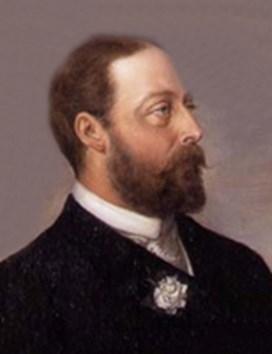
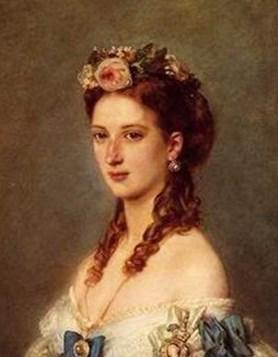
Right: Prince of Wales; Left: Princess Alexandra
Ken Brown, OR 1955-63
